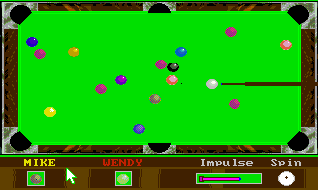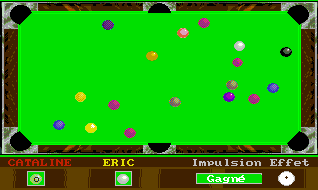|
| |
I consider the results of the statistic study, included in MeMint, with the longitudinal data of the Young Adulthood Study, 1939-1967 to be conclusive about the genetic influence on intelligence (r2 till 0,99), the significance of the less powerful gene, important functionalities of the sexual diversification and about the existence of a teleological evolution. |
|
| |
|
|
||||||
|
|
|
Translate Last update: September 2002 |
GENERAL THEORY OF THE CONDITIONAL EVOLUTION OF LIFE |
||
|
||||||
|
||||||
|
|
|||||
|
||||||
|
|
|||||
|
||||||
|
|
|||||
|
||||||
|
|
|||||
|
||||||
|
|
|||||
| ||||||
|
|
|||||
|
||||||
|
|
|||||
|
||||||
|
|
|||||
This is a translation of a reduce version of the GTCEL e-book. (The full version is in Spanish) |
|
NOTE: The model of the inheritance of intelligence has been validated using the longitudinal data set of the Young Adulthood Study, 1939-1967.
|
|
|
Two main computer simulations have integrated in the game Esnuka (freeware game), the first ones is the proper game called "Esnuka" with some variations where de balls change their colours while evolving. The second one is an option of the program to simulate the evolution with different parameters. 1.) The Esnuka game. |
|
Esnuka was design to allow everybody understand, even children, the way evolution works according with the GTCEL. The game Esnuka reproduces the evolution of the species and radically changes some of the concepts generally accepted up until now.
This evolution is presented in such a way that it shows a particular example within the General Theory of Conditional Evolution, explained in the instructions Using the computer technology and drawing on parallels with Snooker, the theory can be shown in an easy and fun way, thanks to its visual effects. As well as being able to change the parameters of the initial configuration, the program contains four more models:
The function to display any specific hybridisation may be activated at all times. |
|



